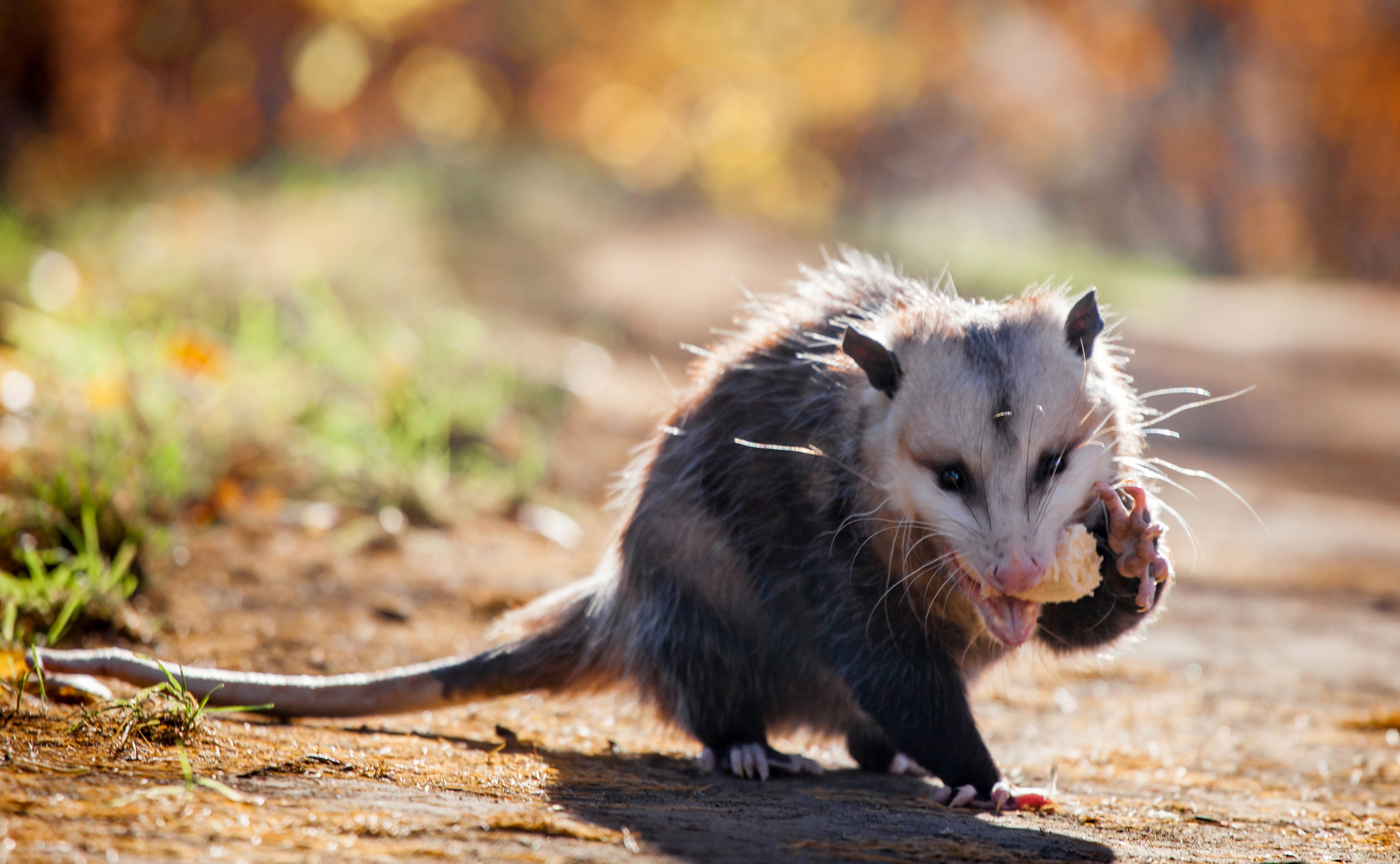Opossums are often celebrated for their unique nature and appearance, but many people mistakenly view them as simply a nuisance. They are the only marsupials that live in the United States, and they’ve made quite a name for themselves by playing dead to avoid attacks from potential predators.
These creatures are nocturnal and tend to be secretive, venturing out at night in search of food. Their preferred habitat is wooded areas near streams or other water sources. They are also often found in places with mixed habitats, combining forested land with farms and agricultural fields, according to the Illinois Department of Natural Resources.
They are considered common all across Illinois, although their population is highest in the southern part of the state, according to Wildlife Illinois. Their numbers can be high in both urban and suburban areas. Opossum populations peak in the summer, when mothers will give birth to a second litter.
Opossums do not often cause problems in our homes and yards, but like many other mammals they are opportunistic eaters and will take advantage of poorly secured garbage and pet food. They are good climbers, because they have opposable toes on their back feet that function like thumbs, according to IDNR. Their tails also help them climb and maneuver.

)
)
)
)